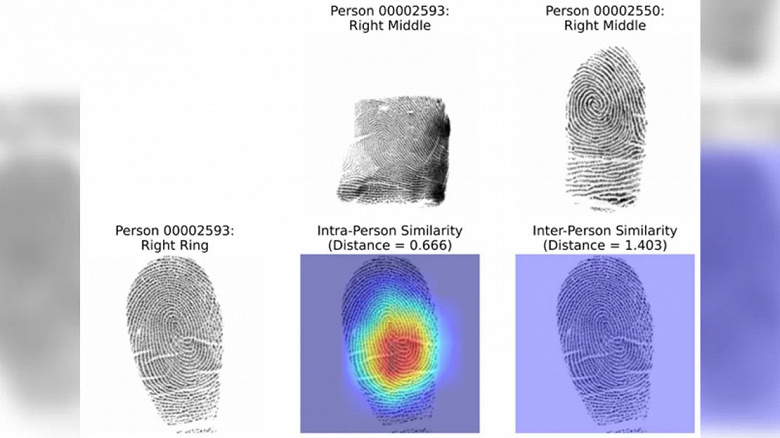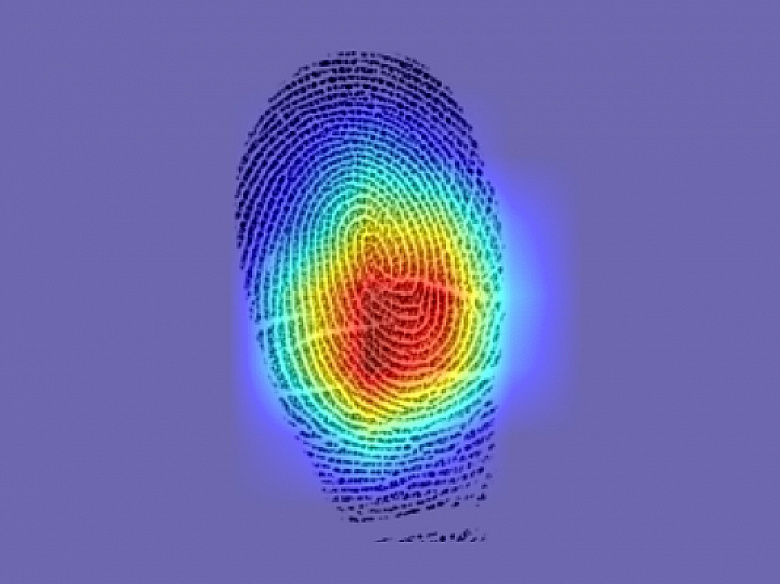They have a lot in common, which the AI can find
Artificial intelligence appears to have helped revolutionize forensic science. It turned out that our knowledge about the uniqueness of fingerprints was false.
Everyone knows that every person has unique fingerprints. A lesser-known fact, but nevertheless very important for forensic science, is that each finger of each person also has a unique fingerprint. More precisely, everyone thought so until now. It turned out that this is not entirely true.
A team led by Columbia Engineering senior Gabe Guo used AI to prove that this decades-old belief is in fact wrong.
Guo, who has no background in forensics, used a publicly available US government database of about 60,000 fingerprints. He «fed» All these are imprinted by the artificial intelligence system. Some pairs belonged to the same person, but to different fingers, and some – to different people.
It turned out that the prints of different fingers of the same person, of course, are not the same, but they have many common features. This is enough to identify two prints from different fingers as belonging to the same person.

The accuracy of such a comparison is not very high — 77% for one pair of fingers. Moreover, it increases in the presence of several pairs. Such accuracy is not sufficient for the technology to be taken into account in court, however, the study was based on only 60,000 prints. Columbia Engineering senior engineer and Ph.D. Aniv Ray notes that the work being negotiated — this is just the beginning.
Just imagine how well it will work if trained on millions rather than thousands of fingerprints
The scientific article was published yesterday in the journal Science, but in fact the path to publication was not easy for the authors. When the team received the results, they submitted them to a well-known crime journal, but were rejected a few months later. Moreover, with the wording in the form “it is well known that each fingerprint is unique,” and therefore it is impossible to detect similarities, even if the fingerprints belong to the same person. That is, the reviewer, and this, naturally, was a scientist, was guided by the principle “this cannot be, because this cannot be.” and, as we now know, made a fatal mistake.
After the refusal, the team provided the AI with more data, confirmed their findings, but was again rejected. And as a result, the article was accepted by the journal Science Advances.
True, there are skeptics. Thus, Christophe Champod, a professor of criminology at the School of Criminal Justice at the University of Lausanne in Switzerland, argues that certain nominal similarities between the fingerprints of different fingers of the same person have been known since the very beginning of criminology. Champoda believes that the authors of the work did not discover anything new and simply created a “storm in a teacup”, since they used AI, which is now widely known.

